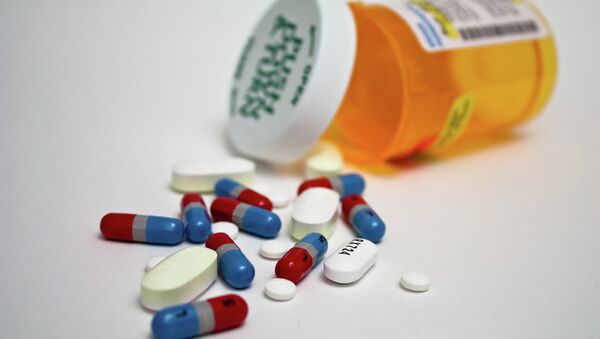The Open Payments database was created by a clause in the Affordable Care Act, requiring companies to submit data on how much money they spend plugging their wares to doctors and paying for their meals, travel or services like speaking engagements — a practice often seen as an industry-wide conflict of interest.
— Peter Kahn (@citizenkahn) February 13, 2015
But when a company like Forest Laboratories submits information for their drug Fetzima, but misspelled as “Fetziima” — as they did 953 times — it initially appears that the company spent less on two drugs than they really did on the one, according to a ProPublica analysis of the data.
Here are a few examples of errors that obscured the magnitude of Big Pharma spending on marketing to doctors:
--In addition to misspelling names, companies reported expenditures of multiple variations on the name of the same drug: Questcor Pharmaceuticals reported money spent to push it’s H.P. Acthar Gel under eight different names including Acthar, Acthar-Pulm, Acthar-IS, Acthar-Rheum and Acthar-MS.
--Elsewhere, the same drug, but in different dosages, was listed as multiple drugs.
--Reports for the same drug were also found split up among different subsidiaries of one parent company.
--Sometimes companies didn’t list specific products at all in their spending reports — that was the case in 8.5 % of the 4.3 million general payments reported.
--Some reports listed not a drug name but some other phrase like “unrecognized”, “Disease state”, or “non-covered product.” Novo Nordisk, for example spent $133,000 promoting, well, no one’s quite sure.
--Categorization seems to have been a problem, with payments inconsistently labelled, or with the same product listed as both a drug and as a device within one companies records.
--Payments associated with more than one product at a time (there could be five drugs or five devices included for any one payment) obscured how much was spent on each one. And sometimes, as in the case of Johnson & Johnson’s drug Simponi, the same drug would be listed more than once in a multiple-drug listing.
ProPublica makes it clear that there’s “no indication that companies were being deliberately evasive” when reporting data in a way that makes it difficult to unify all the money spent on a specific product. This is a new program, and cleaning up a dataset is a normal first step in any undertaking of this kind.
"I'm really pleased that we were able to achieve such high accuracy with our first submission, but given the complexity of the reporting and tight deadlines the industry faced, it's natural that there would be gaps in the overall data set," said Maggie Feltz, who led the data-submission effort for Purdue.
For Big Pharma, Marketing Beats R&D
No doubt as data is submitted in subsequent years it will be cleaner and more uniform, and analyses like Propublica’s will shed more light on how much Big Pharma really spends to push its pills. But the picture even now isn’t so rosy.
For example, nine out of the top ten pharmaceutical companies in the US spend more on marketing than they do on research and development.

And much more of that marketing money is directed at persuading doctors to prescribe their products than at convincing consumers to ask about them. In total, US pharmaceutical companies in 2012 spent an estimated $24 billion marketing directly to health care professionals, while they only spent $3 billion marketing to consumers.
— Pharma Guy (@pharmaguy) February 12, 2015
Recently, John Oliver skewered the Big Marketing of Big Pharma on his show, Last Week Tonight:




